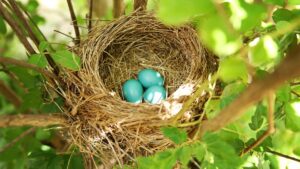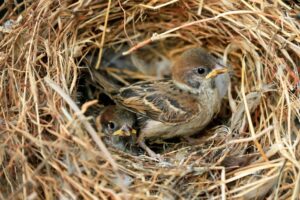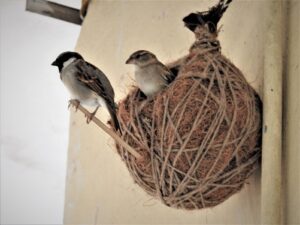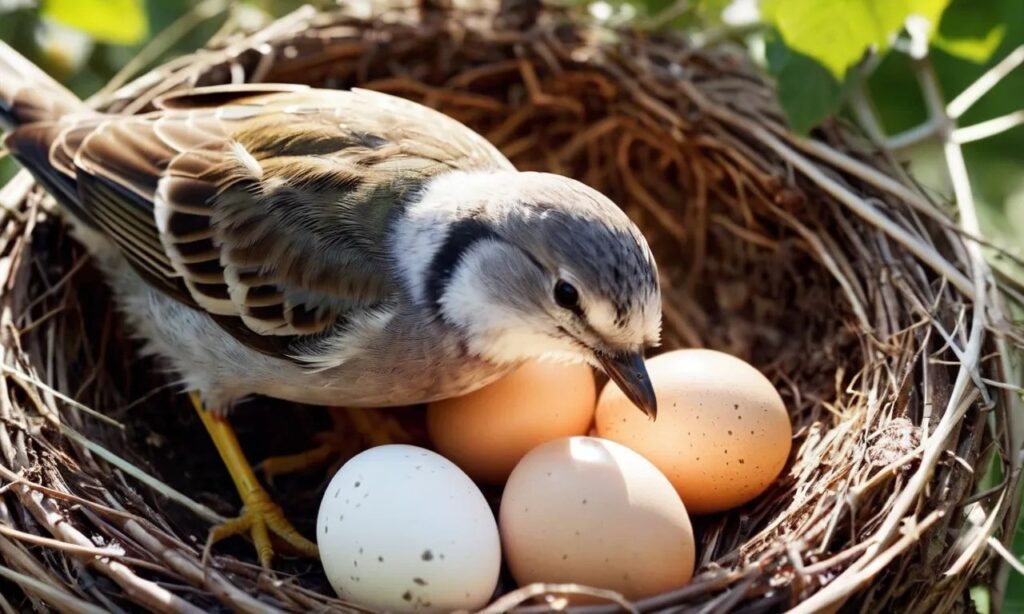Birdwatching and backyard birding have become increasingly popular hobbies, and for good reason. Among the many species that may visit your backyard, sparrows are a common and delightful sight. These small birds not only enhance our environments but also play a significant role in our ecosystems. One of the most fascinating aspects of observing sparrows is their reproductive process, particularly the eggs. In this article, we’ll delve into how to identify sparrow eggs, understand their nesting habits, and explore effective ways to protect these vital little treasures.
Understanding Sparrows
Before we dive into egg identification, it’s essential to understand a little about sparrows. Sparrows belong to the family Passeridae, which includes various species like the House Sparrow, Tree Sparrow, and Song Sparrow. They are generally small, social birds known for their chirpy songs and adaptable nature. Depending on the species, sparrows have slightly different nesting preferences and egg-laying habits, but they usually present a thrilling challenge for bird enthusiasts.
Identifying Sparrow Eggs

Identifying sparrow eggs can be an enjoyable activity for backyard birdwatchers. Here are some key characteristics to help you recognize sparrow eggs:
1. Size and Shape
Sparrow eggs are typically small, ranging from about 1.0 to 1.2 inches in length and about 0.7 to 0.8 inches in width. They are oval or round and can fit comfortably in the palm of your hand.
2. Color
Sparrow eggs’ coloration varies depending on the species. Most commonly, they are light blue or grayish-white, often speckled with brown or reddish spots. The House Sparrow, for example, typically lays eggs that are light blue with browner speckles, while the Song Sparrow’s eggs are more pale and may not have a distinctive speckling pattern.
3. Clutch Size
Sparrows usually lay between 3 to 6 eggs per clutch, with most species averaging around 4 or 5. Tracking the number of eggs can help you deduce whether you’re indeed observing sparrow eggs.
4. Nesting Location
Pay attention to where you find the eggs. Sparrows prefer nesting in shrubs, trees, and even man-made structures. If you encounter eggs in a nest located within these habitats, they are likely sparrow eggs.
Nesting Habits of Sparrows

Understanding sparrow nesting habits can enhance your ability to identify and protect their eggs effectively. Here are some basic facts:
- Nesting Season: Sparrows typically breed in the spring and summer months. Depending on the species and geographical location, nests can be found from March until September.
- Nest Construction: Females are responsible for building nests. They often collect materials like twigs, grass, feathers, and even string or paper. If you spot a small, cup-shaped structure made from these materials, it is likely a sparrow nest.
- Incubation: Once the female lays her eggs, she incubates them for about 10 to 14 days until they hatch. Males may help by bringing food, but females primarily tend to the nest.
Protecting Sparrow Eggs
Now that you know how to identify sparrow eggs, it’s crucial to understand how to protect them and their nests. Here are some effective strategies:
1. Avoid Disturbing the Nest
If you discover a sparrow nest in your backyard, maintain a respectful distance. Frequent disturbance can lead to stress for the parent birds and may cause them to abandon the nest. Observing with binoculars from afar helps minimize your impact.
2. Create a Safe Environment
Design your backyard in a way that enhances security for sparrows:
- Limit Pesticide Use: Chemical pesticides can be harmful to both adult sparrows and their eggs. Opt for organic alternatives whenever possible.
- Plant Native Vegetation: Native plants provide natural habitats and food sources for sparrows and other local wildlife. Dense shrubs can offer protection for nesting.
- Provide Water Sources: A birdbath or shallow dish filled with water can provide hydration to adult sparrows, reduce stress levels, and prevent them from abandoning their nests.
3. Educate Family and Friends
Inform others in your household and nearby neighbors about the importance of sparrow nests. Encourage them to keep pets away and avoid any unnecessary disturbances around known nesting areas.
4. Limit Human Traffic
If you know there are sparrow eggs nearby, consider establishing a “no-go” zone around the nest. Mark the area with signage or natural barriers like rocks to remind family, friends, and visitors to avoid the spot.
5. Ensure Safety from Predators
Sparrow nests can be vulnerable to predators like cats, raccoons, and squirrels. Here are some protective measures:
- Outdoor Cats: Keep cats indoors or supervise them when outside, as they can pose a significant threat to sparrows.
- Remove Birdfeeders: If you notice a lot of attention from predators, consider temporarily taking down bird feeders to reduce the concentration of attracting birds.
- Install Nesting Boxes: If you want to provide a more secure nesting location, consider constructing and installing a nesting box designed for sparrows. Ensure it has proper drainage and ventilation.
6. Report Problems
If you encounter issues such as abandoned nests or egg-related concerns, consider reaching out to local wildlife rehabilitators or bird conservation organizations. They can offer guidance on how to proceed.
Conclusion

Protecting sparrow eggs is not only beneficial to the bird population but also enriches your experience as a backyard birdwatcher. By identifying these eggs, understanding their nesting habits, and implementing protective measures, you contribute to the conservation of these charming birds. With patience and care, you can create a backyard environment where sparrows thrive, bringing joy and life into your outdoor spaces.
As you embark on this journey, remember that each sparrow egg you encounter is not just a potential new bird but a small symbol of the intricate cycle of life in nature. Cherish and protect them—your backyard will thank you!

